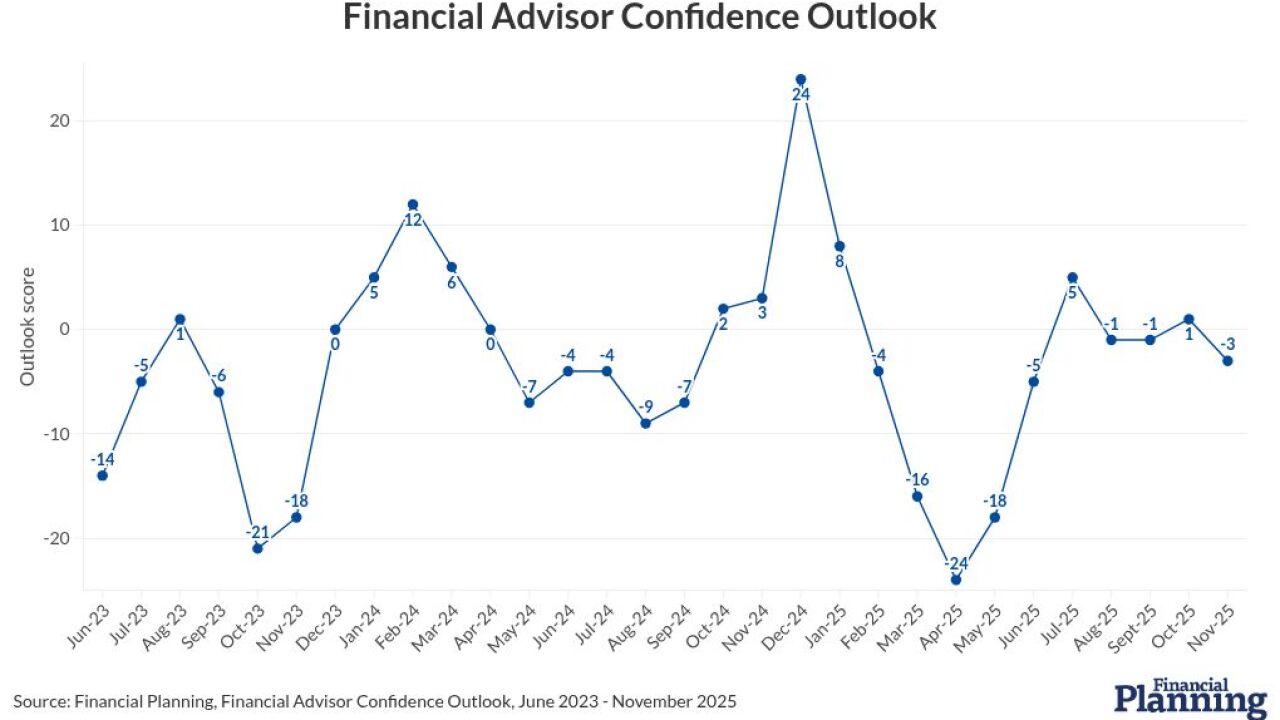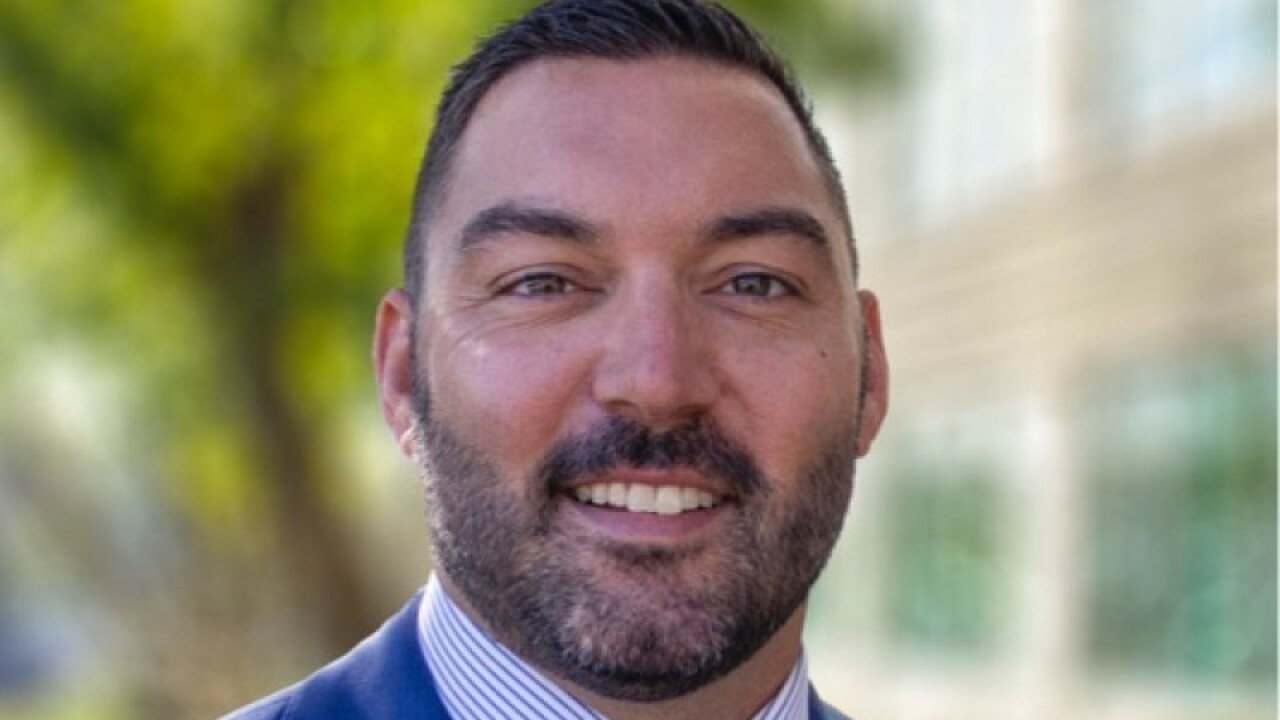The average 401(k) account balance rose 13.5% in the second quarter to $53,900, which was perhaps behind the trend for more investors to increase their deferral savings rate than to decrease it,
That reversed the trend of the prior three quarters then a greater percentage of participants lowered their deferral rates.
Also, only 1.3% of participants ceased contributions, down from 2.2% in both the first quarter of 2009 and the fourth quarter of 2008.
“More workers are increasing their savings levels in their 401(k) Plans, as Americans across the country recognize the need to save more,” said Scott B. David, president of workplace investing at Fidelity. “The downturn has really reinforced the importance of saving consistently and having a diversified portfolio.”
He added: “Workers with a long-term view who stayed the course have been rewarded with a very nice bounce.” David also noted that in 90% of the 17,500 plans that Fidelity administers, employers are still matching employees’ contributions and “remain committed to their employees’ retirement savings.”
However, there has been a shift to more conservative investments over the past year, with less money going into equities than in previous years. Whereas more than 80% of contributions to 401(k)s went into equities in 2000 and remained above 75% in the years following, only 68% of 401(k) contribution money in the first half of their year was into stocks.
More specifically, in the second quarter, 8% of 401(k) of contributions went to company stock, 42% to domestic and international equity options, 24% to blended or lifecycle options and 24% to conservative options such as money market, stable value, and fixed-income funds.
Fidelity also analyzed investing behavior by different age groups and found hindrances at all levels. For instance, while the number of people in their 20s participating in their 401(k) has increased to 56%, primarily due to automatic enrollment, conversely, 44% do not make any contributions.
“A savings gap in the early years has a much more damaging impact on long-term savings levels than a gap in the later years, so it is critical that workers get started as early as they can,” David said.
Aggregated together, 65% of workers in their 30s and 40s are invested in a 401(k), with an average savings rate of 7.7%. However, 23% have taken out a loan against their 401(k), perhaps to buy a home, manage debt or pay for a child’s education. Over the past 12 months, 10.6% of investors in their 30s and 40s initiated a loan against their 401(k).
And they tend to repeat the behavior, with 31% of those who took out a loan against their 401(k) in 2008 taking out another loan this year.
Among investors in their 50s, more than 70% take advantage of their 401(k), contributing 10% of their salary. But their downfall is poor asset allocation, with 26% having either no exposure to equities or 100% exposure to equities.





